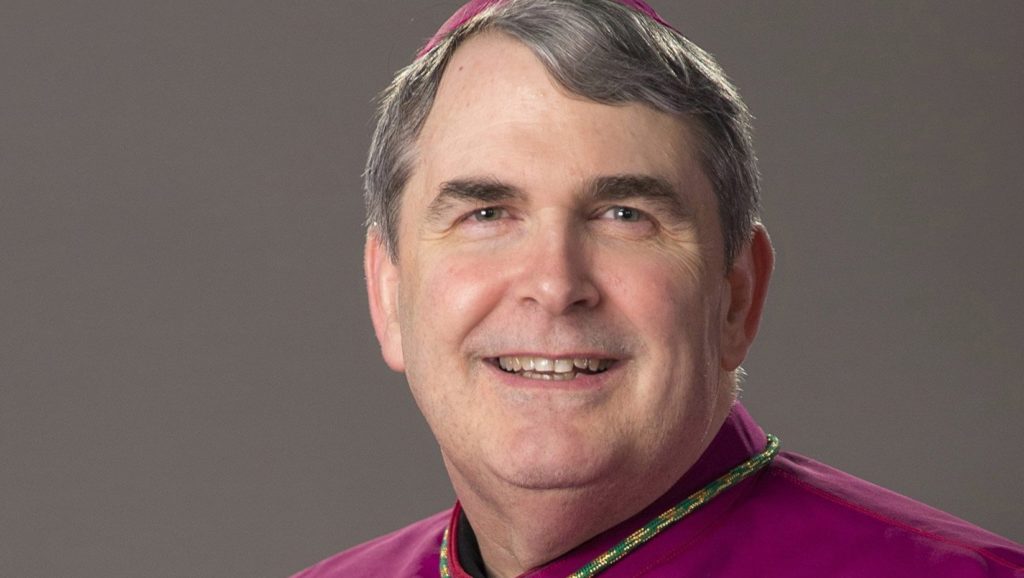In what increasingly represents a pattern in the Northeast and Midwest, the Diocese of Buffalo, New York, on May 28 announced a restructuring plan designed to merge approximately 34% of its 160 parishes.
Since April, the Archdiocese of Baltimore, the Diocese of Erie, Pennsylvania, the Diocese of Peoria, Illinois, and the Diocese of Joliet, Illinois, have all revealed or expanded similar initiatives.
"The Diocese of Buffalo is facing multiple challenges including a significant priest shortage, declining Mass attendance, aging congregations and ongoing financial pressures brought about by our Chapter 11 filing," explained Bishop Michael W. Fisher in a statement May 28.
"This plan," Bishop Fisher added, "resulted from the lessons learned as we brought parishes together in the parish family model and determined rather quickly that scaling back the number of parishes would best allow us to use our limited resources to help reenergize a spiritual renewal in the diocese."
Diocesan statistics provide additional context, depicting a Catholic community where 49% of parishes report a decline in registered households, only 12% initiated new Catholics this past Easter Vigil, and 59% post a negative operating balance.
Sixty percent of diocesan parishioners are over the age of 60, while 59% of parishes note a steady decline in baptisms, with more than half averaging just one baptism per month.
The average age of Buffalo diocesan priests is 76; in just six years, 63% will be between 65 to 70.
In 2020, the Diocese of Buffalo formally filed for Chapter 11 reorganization under the U.S. bankruptcy code, as it simultaneously attempted to compensate 900 claimants alleging sexual abuse by priests, religious and other diocesan employees.
In March, additional monetary strain was apparent as the diocese moved to sell its 1930s-era downtown Buffalo headquarters, which listed for $9.8 million.
Nonetheless, a diocesan website FAQ said Chapter 11 status is not the cause of the intended parish mergers; it is instead "helping us to take a hard look at ourselves to determine what our future needs to look like."
Launched in 2019, the diocese's "Road to Renewal" plan initially suggested no parishes would be merged. But as the process progressed, it became apparent families of parishes would need -- according to a frequently asked questions document on the diocesan website -- to "rightsize and reshape appropriately for the future."
Employing a collaborative model, the current 160 parishes were grouped into 36 "families of parishes" announced in December 2021. A pilot phase, involving an inaugural group of six families of parishes, began shortly thereafter.
According to the diocese, the final number of merged parishes will follow a clergy and parish leadership review of recommendations. These can either be agreed to, or an option for an alternative parish -- or parishes -- within the family of parishes can be suggested for merger. These determinations will take place between Aug. 15 and Sept. 1, 2024, and the process to begin merging identified parishes is expected to commence this fall.
The merger recommendations were based upon demographics, sacramental participation, and financial support, explained a diocesan official in a May 28 statement.
"We also looked at the variations of our urban, suburban and rural parishes," said Father Bryan Zielenieski, vicar for renewal and development and leader of the Road to Renewal effort, "because factors like poverty rates, availability of transportation, proximity and limited resources impact overall parish long-term vitality."
In his statement, Bishop Fisher presented the diocesan restructuring as a prioritizing of assets.
"These difficult changes associated with our renewal allow limited resources to be directed to the greatest needs in our community," Bishop Fisher said. "The work of the Holy Spirit within our diocese and the support of the Western New York community has been an incredible blessing."

